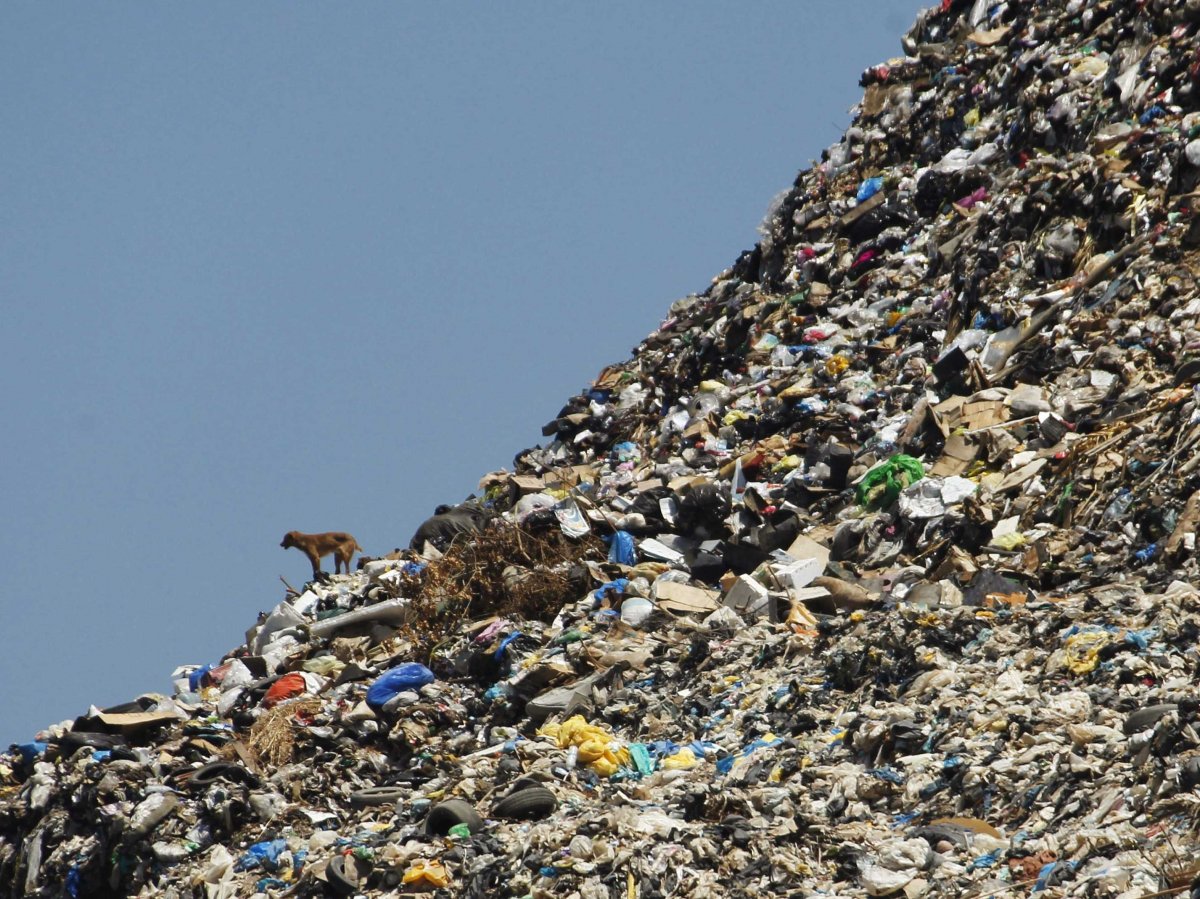Nearly 269,000 tons of plastic pollution may be floating in the world’s oceans, according to a global study.
Micro-plastic pollution is found in varying concentrations throughout the oceans, but estimates of the global abundance and weight of floating plastics, both micro and macro-plastic, lack sufficient data.
This the first study to look at plastics of all sizes in the world’s oceans, according to the Guardian.
In the latest study, scientists from six countries contributed data from 24 expeditions collected over a six-year period from 2007-2013 across all five sub-tropical gyres (large systems of rotating ocean currents), coastal Australia, Bay of Bengal, and the Mediterranean Sea.
The data included information about micro-plastics collected using nets and large plastic debris from visual surveys, which were then used to calibrate an ocean model of plastic distribution.
Based on the data and model, Marcus Eriksen from Five Gyres Institute and colleagues estimate a minimum of 5.25 trillion plastic particles weighing nearly 269,000 tonnes in the world’s oceans.
Large plastics appear to be abundant near coastlines, degrading into microplastics in the five subtropical gyres. The smallest microplastics were present in more remote regions, such as the subpolar gyres, which the authors did not expect.
The distribution of the smallest microplastics in remote regions of the ocean may suggest that gyres act as shredders of large plastic items into microplastics, after which they eject them across the ocean.
“Our findings show that the garbage patches in the middle of the five subtropical gyres are not the final resting places for the world’s floating plastic trash,” says Marcus Eriksen, Director of Research for the 5 Gyres Institute. “The endgame for micro-plastic is interactions with entire ocean ecosystems.”
The results of the study are published in in the journal PLOS ONE.







